 By Mark Gillies
By Mark Gillies
March 5, 2015
BURLINGTON, ON
Part two of a four part feature
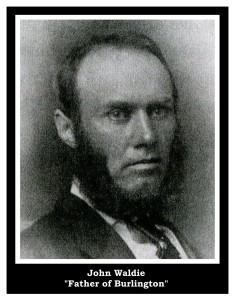 John Waldie spent most of his time in Toronto during 1886 preparing to create his biggest business venture to date.
John Waldie spent most of his time in Toronto during 1886 preparing to create his biggest business venture to date.
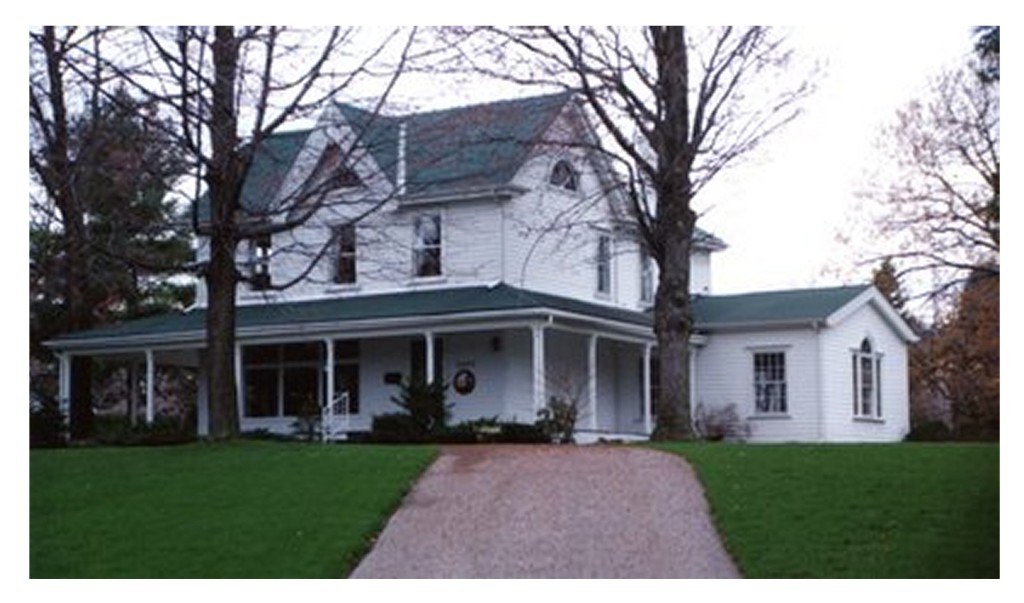
The historic home called “Erin” was purchased as a wedding present for his second wife, Sarah Ann Jarvis. Sarah was to become the stepmother to John’s 13 children. While John Waldie was in Toronto, the family stayed in Burlington until John was ready to move his family into “Glenhurst”, the first mansion built in Rosedale.
John, a widower for one year, had just remarried December 16, 1885 to Sarah Ann Jarvis, and almost immediately, he went to Toronto by himself to start his new company leaving Sarah in Burlington with his 13 children. As a wedding present, John had purchased “Erin”, a home for Sarah at 3265 Mayfair Place in Burlington. Sarah was to care for the children at this home until it was time to have them all move to Toronto.
On November 20, 1886, the Victoria Harbour Lumber Company was incorporated. John had purchased a failing sawmill in Victoria Harbour named Kean, Fowlie and Company. The former company had gone through rough times and were unable to continue.
The Victoria Harbour Lumber Company grew and prospered under the management of John Waldie. In order to make the business successful, it was necessary to create a village for the employees. The area was fairly remote at the time. Streets were laid out, and in 1888 construction began on buildings and houses.
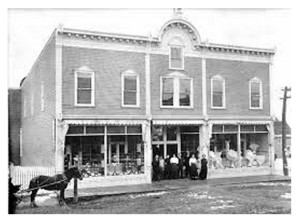
To make the Victoria Harbour Lumber Company successful, John Waldie built most of the town, enabling his employees to live and work locally. The general store was a company store, owned and operated by the Victoria Harbour Lumber Company.
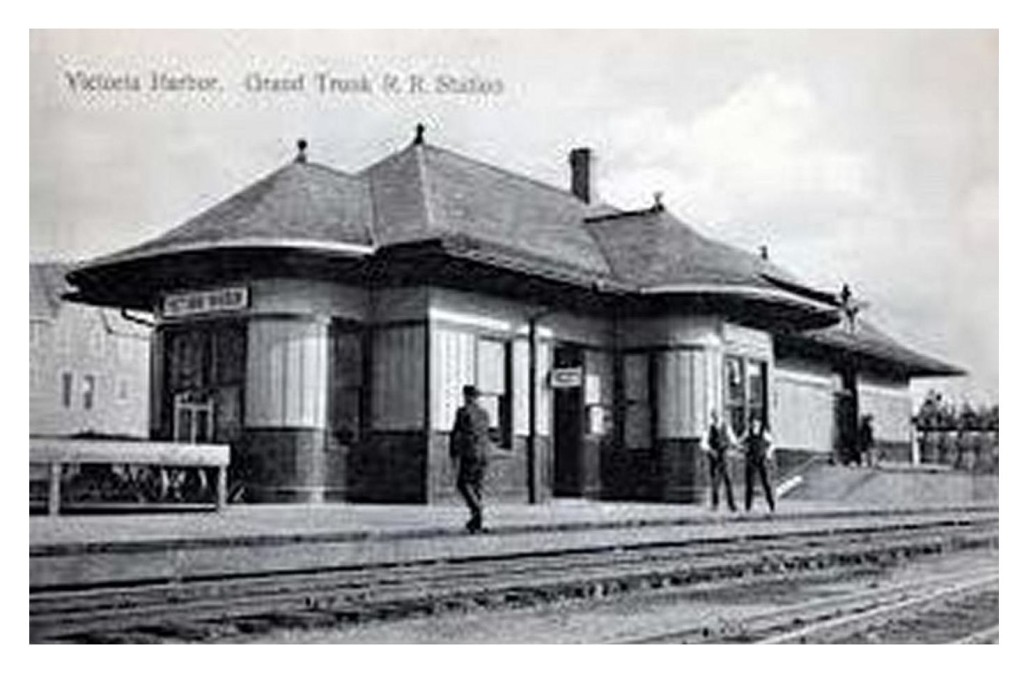
Fortunately for John Waldie, the Grand Trunk Railway built a train station in Victoria Harbour. The location was ideal, as it was right across the road from his sawmills. The station was used to transport logs into Victoria Harbour, and to ship finished cut lumber out of the community.
The Grand Trunk Railway had arrived and built their own train station. John Waldie built a general store. He had more than enough experience on how to build and run a successful general store, having purchased his first in Wellington Square when he was just 22 years of age. John had a second store built in Wellington Square, and it is still there to this day, at the northeast corner of Lakeshore and John Street.
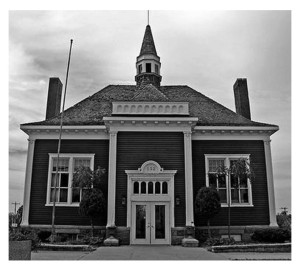
John Waldie built a library for the residents of Victoria Harbour and furnished it with books, just as he had done for Burlington. Pic: St. Paul’s Presbyterian Church
John, always an avid believer in reading made sure that they built a library for the residences of Victoria Harbour. It was a beautiful facility, and is still in the village to this day, as well as the general store.
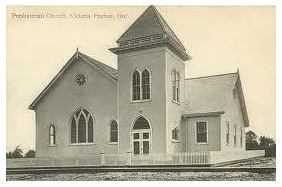
John Waldie was a Presbyterian. He financed the construction of St. Paul’s Presbyterian Church in Victoria Harbour. The church opened in 1906.
Waldie, a devout religious man, built St Paul’s Presbyterian Church in 1906 for this little hamlet. The church is still functional to this day.
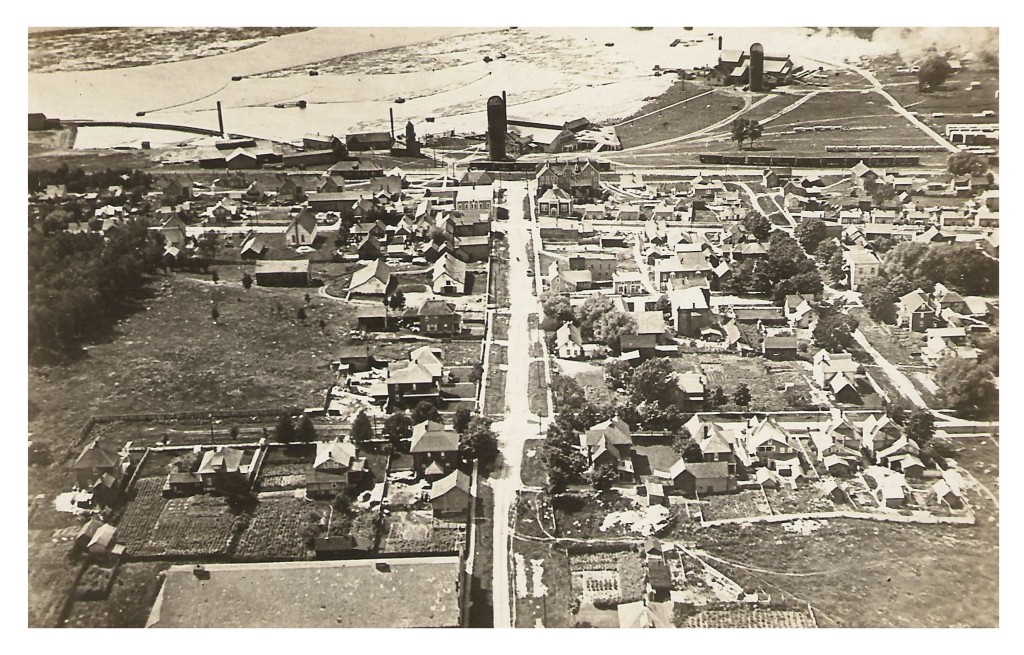
This rare aerial view of Victoria Harbour was how the village looked around 1920. The intersection of William & Albert Streets is at the top and in the middle of the photograph. In the background, you can see the three mills, the log booms in the bay, the Grand Trunk Railway station to the upper left, railway box cars are to the upper right, the General Store and Library are across the street from each other on either side of the main intersection.
If you’re going to have all these buildings for your employees, then you better have houses for them. John set out to build most of the houses in Victoria Harbour. They were small, but efficient. The houses had an early nickname, and were called “saltboxes”, but that went by the wayside when John had the houses painted in the company’s colours of white and yellow. The trim was white and the exterior walls were yellow. The new nickname was “canary houses”, and many are still referred by that name today.
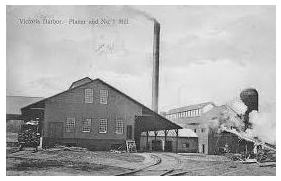
Once the logs had been cut, they were transferred to the planing mill. Here they were prepared into a finished product.
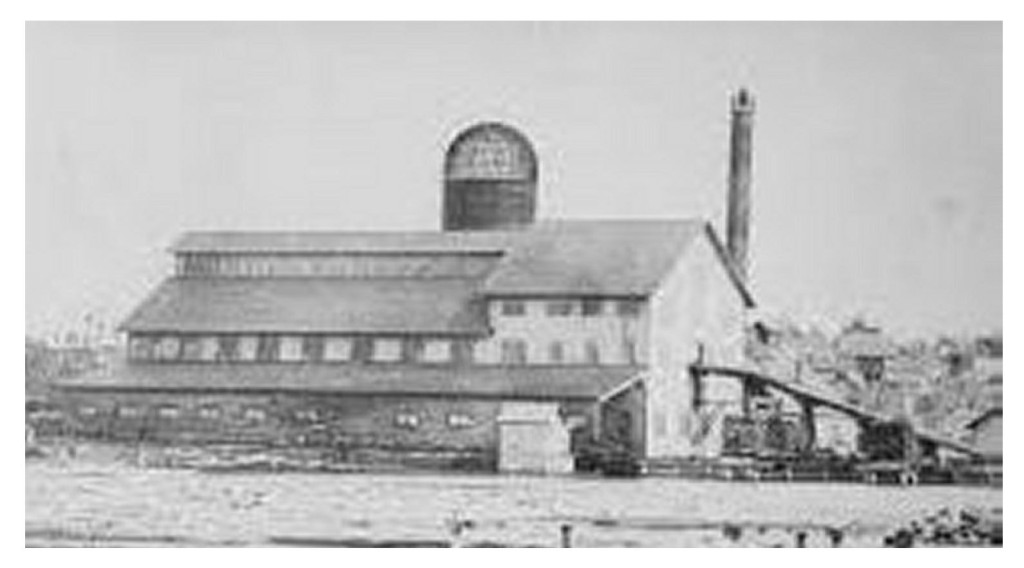
Victoria Harbour Lumber Company consisted of three sawmills: Mill #1 & planing mill; Mill #2, and Mill l#3. Workers poured in from all over Canada, the United States and Europe eager to work at the Victoria Harbour Lumber Company.
There were three mills at the water’s edge, and they were kept busy, sawing and planing lumber. Timber was brought to the mills from all around the Muskoka area, even as far north as Sudbury and North Bay. The railway brought some logs and so did the ships. Logs were also floated to the mills from many different locations. Upon arrival to the mills logs were kept in the water with huge booms, and were dragged to the mills when ready to cut. The finished lumber was then loaded in to railway boxcars or ships and sent to their destination.
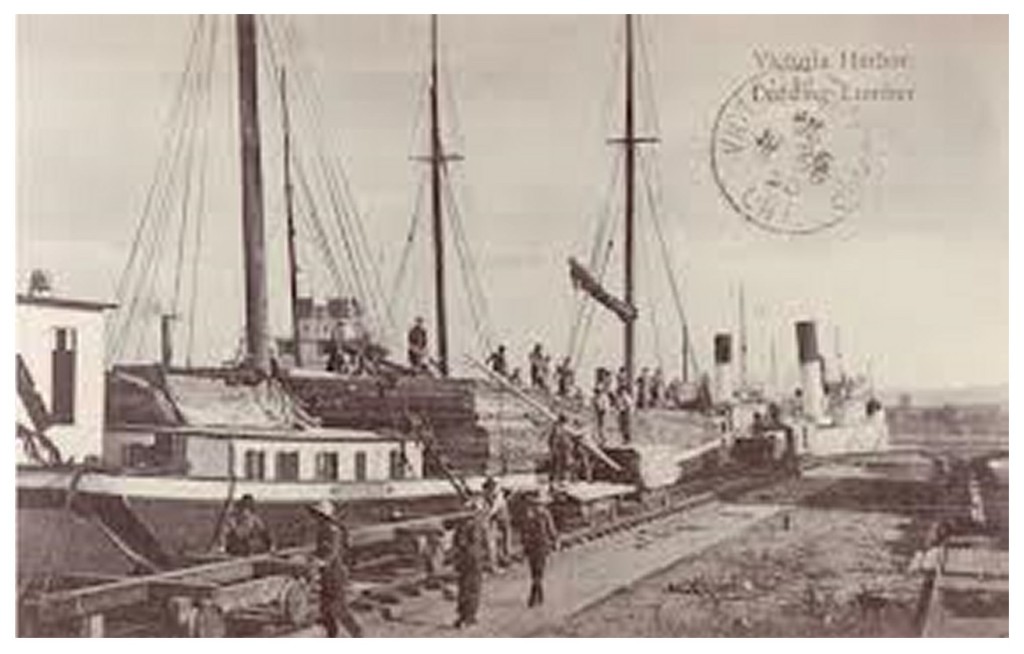
Ships provided a second option to transport logs and finished lumber. The Victoria Harbour Lumber Company utilized both ships and rail for their products.
The tiny hamlet of Victoria Harbour with about 200 dedicated workers at the Victoria Harbour Lumber Company had made John Waldie the second wealthiest lumber baron in Canada by the turn of the 20th century, in just over 20 years.
My next article will be a continuation on the wealthy philanthropist, John Waldie and his family. Whatever happened to his 13 children, some lives ending in tragedy? What happened to John’s two wives? Find out next time.
Mark Gillies is a lifelong resident of Burlington, who grew up in Aldershot and developed as a local historian, researcher, master genealogist and writer who has a passionate interest and extensive knowledge of the many early pioneer families.
Mark will write a regular column about colourful local history introducing Burlingtonians to the people that made this city what it is today.














